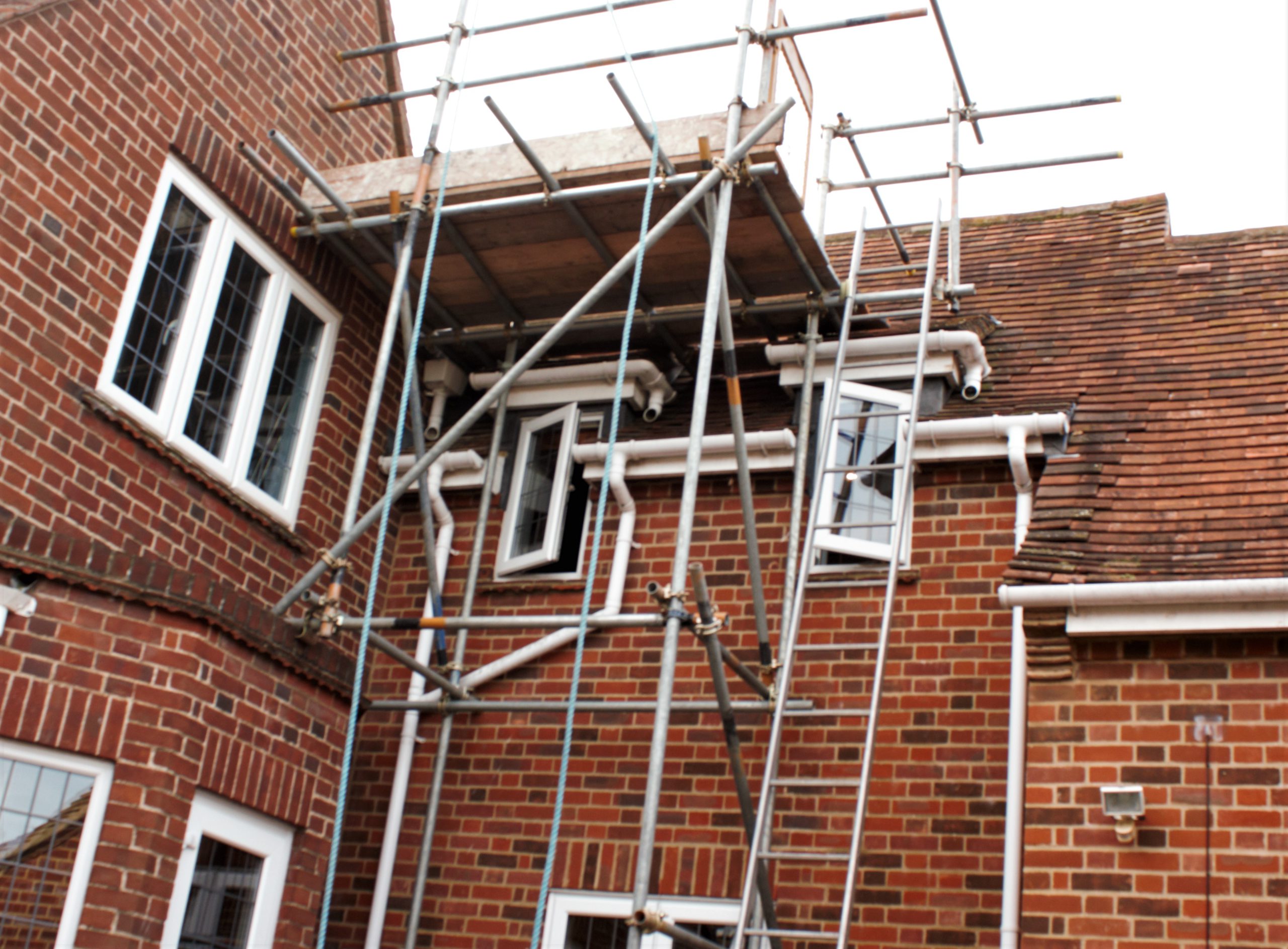Latest Changes in UK Building Regulations
If you’re planning to build or renovate a property in the UK, it’s essential that you understand the country’s building regulations.
These regulations are designed to ensure that all new and existing buildings are safe, healthy and sustainable.
Recently, there have been some significant changes to the regulations that you need to be aware of in order to comply with them.
In this blog post, we’ll provide you with an overview of those changes, and explain how they will affect builders, architects, developers and homeowners.
Basic Overview of the UK Building Regulations
The UK building regulations are a set of national standards that cover all aspects of construction, from foundations to roofs.
The regulations are designed to ensure that buildings are safe, healthy and sustainable.
They set out minimum requirements for everything from fire safety and ventilation to energy efficiency and water conservation.
Recent Changes to UK Building Regulations
The latest changes to the building regulations have been introduced in response to the UK government’s commitment to achieve net-zero emissions by 2050.
The changes are designed to make new and existing buildings more energy-efficient and reduce their carbon footprint.
From 1st January 2022, it was required that all new buildings will need to comply with higher energy efficiency standards, and existing buildings that are subject to major renovation will also need to make energy efficiency improvements.
Summary of Key Changes
The most significant changes to the building regulations include stricter energy efficiency requirements and increased targets for the use of renewable energy in new and existing buildings.
The biggest change is that all new buildings will have to be zero-carbon-ready by 2025, which means that they will need to be designed to produce zero carbon emissions in operation.
How The Changes Affect the Construction Industry
The new regulations will have a significant impact on the construction industry.
Builders, architects and developers will need to ensure that all new buildings meet higher energy efficiency standards, and that existing buildings being renovated meet these same standards.
This may require the use of new construction methods and materials in order to achieve the required level of energy efficiency.
How the Changes Affect Homeowners.
Existing homeowners will also need to consider how the changes affect them.
Any major renovation work that is carried out in an existing home after 1st January 2022 needs to comply with the new energy efficiency standards.
Homeowners may also want to consider retrofitting their homes to improve energy efficiency in order to reduce their carbon footprint.
Breaking Down the Recent Changes to Building Regulations in the UK
Building regulations play a crucial role in ensuring the safety and sustainability of our buildings and their inhabitants. Recently, several changes have been made to the building regulations in the UK. In this article, we will discuss the changes made to the Approved Documents B, F, L, and M, as well as their implications.
Approved Document B
Approved Document B outlines the fire safety requirements for buildings. One of the main changes made to this document is the introduction of a new category, known as residential buildings over 18 metres.
This has been done to provide clarity for building owners, builders and fire services and ensure that fire safety is adequately addressed for these buildings.
Approved Document F
Approved Document F covers guidelines for ventilation in buildings.
The recent changes to this document include the requirement for installation of intermittent ventilation systems for bathrooms and kitchens.
The aim is to improve indoor air quality and prevent the buildup of moisture that can lead to the growth of mold and other microorganisms.
Approved Document L
Approved Document L focuses on the conservation of fuel and power.
The changes made to this document emphasize the need for energy-efficient lighting and the use of renewable energy sources.
These changes are aimed at reducing greenhouse gas emissions, and increasing the sustainability of buildings.
Approved Document M
The aim of Approved Document M is to ensure that buildings are designed to be accessible and usable by people with disabilities.
The recent changes to this document include the update to the accessibility requirements of wheelchair users.
This is a positive step forward towards creating a more inclusive and accessible environment for all.
Conclusion
In conclusion, these latest changes to the UK building regulations are designed to reduce the carbon footprint of buildings and make them more energy-efficient.
The new regulations have significant implications for the construction industry, as well as for homeowners.
It’s essential that builders, architects, developers and homeowners keep up to date with the latest changes in order to ensure that all new and existing buildings are safe, healthy and sustainable.
The changes made to the building regulations in the UK are a positive step towards ensuring the safety and sustainability of our buildings.
It is essential that builders and homeowners familiarize themselves with the new regulations to ensure that they are adhered to.
As we move forward, it is important that we continue to prioritize safety and sustainability in our built environments.

